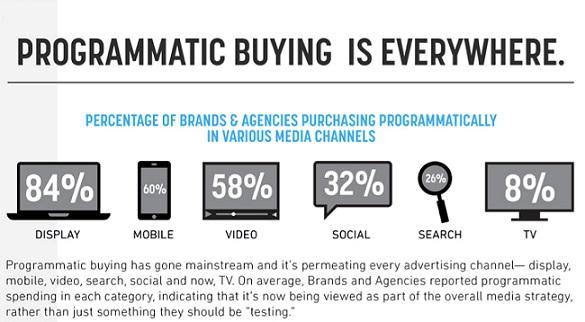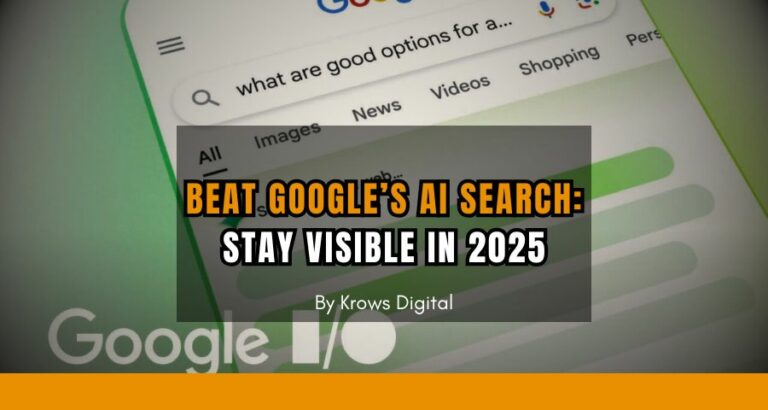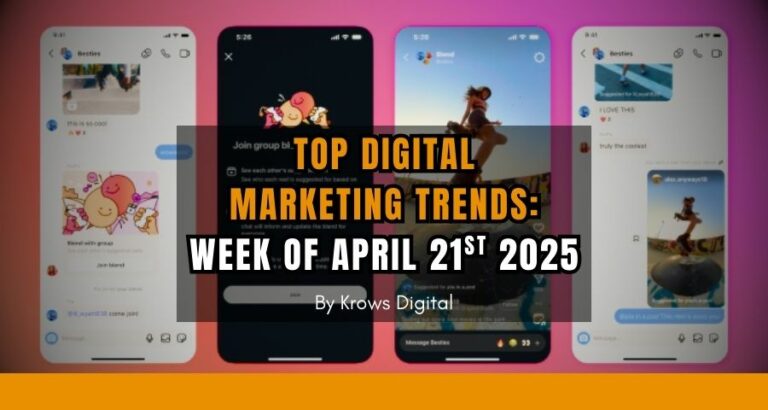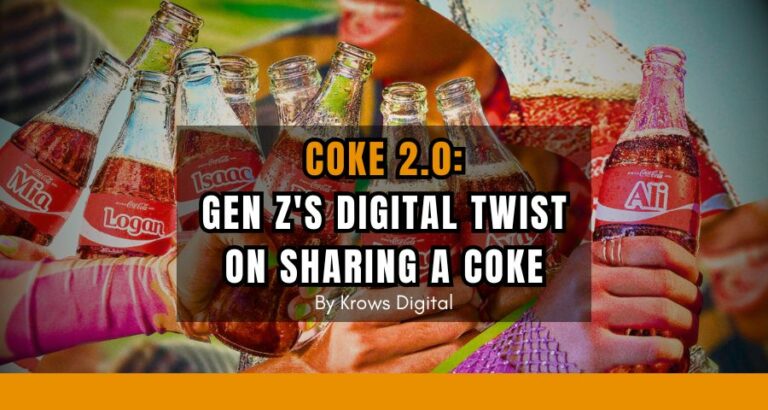Introduction to Programmatic Display Advertising
Programmatic Display Advertising represents a monumental shift in the way digital advertising space is bought and managed. Unlike traditional methods that require manual negotiations and pre-set prices, programmatic advertising utilizes algorithms and machines to purchase display ad space automatically. This technology-driven approach not only streamlines the ad-buying process but also allows for more precise targeting and real-time optimization.
Understanding Programmatic Advertising

Key Components
Programmatic advertising is powered by several key technologies, including Demand-Side Platforms (DSPs), Supply-Side Platforms (SSPs), and Data Management Platforms (DMPs). DSPs allow advertisers to buy ad space, while SSPs enable publishers to sell available space. DMPs, on the other hand, store and analyze data to further refine targeting efforts.
The Role of Artificial Intelligence
AI is at the heart of programmatic advertising, enabling sophisticated targeting, bidding, and optimization strategies that can adapt in real time to the changing landscape of user behavior and market conditions.
Benefits of Programmatic Display Advertising

Enhanced Targeting and Personalization
The precision of programmatic advertising means that ads can be tailored to the audience's interests, behaviors, and demographics, resulting in more relevant and engaging ad experiences.
Real-Time Bidding (RTB)
RTB is a crucial feature of programmatic advertising, allowing for the buying and selling of ad inventory in real time. This ensures that advertisers can maximize their budgets by targeting users who are most likely to convert at the optimal time.
Improved ROI
By optimizing ad spend and targeting, programmatic advertising can significantly improve return on investment over traditional ad buying methods.
Challenges and Considerations
Navigating Privacy Laws
With the rise of privacy laws like GDPR and CCPA for example, programmatic advertising must adapt to ensure compliance while still achieving its targeting and efficiency goals.
Mitigating Ad Fraud
Ad fraud remains a concern in programmatic advertising, but with the right strategies and technologies, it can be effectively combated to protect ad spend and campaign integrity.
Future of Programmatic Display Advertising

The Impact of Emerging Technologies
Emerging technologies, including AI and machine learning, continue to evolve programmatic advertising, promising even greater efficiencies and capabilities in the future.
Preparing for a Cookie-less Future
The industry is actively seeking alternatives to traditional cookie-based tracking methods, in anticipation of a future where privacy regulations and browser policies significantly limit their use.
The Best Platforms for Programmatic Display Advertising
Here's a list of some of the most well-known and widely used programmatic display advertising platforms in the industry:
- Google Marketing Platform (formerly DoubleClick)
- A comprehensive suite of tools that includes Display & Video 360, offering advanced features for buying, managing, and optimizing digital advertising across various channels.
- The Trade Desk
- A global demand-side platform (DSP) that provides buyers with powerful, innovative technology for managing digital advertising campaigns across various ad formats and devices.
- MediaMath
- Known for its TerminalOne Marketing Operating System®, MediaMath provides marketers with the tools to execute efficient programmatic advertising campaigns.
- Adobe Advertising Cloud
- Part of the Adobe Experience Cloud, this platform offers a complete solution for managing ads across traditional TV and digital formats, focusing on personalization and efficiency.
- AppNexus (A Xandr Company)
- Offering a powerful marketplace and technology for buying and selling digital advertising, AppNexus serves as a strategic technology platform for many marketers and publishers.
- Criteo
- Specializing in retargeting, Criteo uses machine learning to deliver personalized ads in real time, improving engagement and conversion rates for advertisers.
- PubMatic
- A supply-side platform (SSP) that provides comprehensive tools for digital publishers to manage their ad inventory and maximize revenue.
- Rubicon Project (Now Part of Magnite)
- Offers a global exchange for buying and selling advertising, focusing on transparency and maximizing yield for publishers and advertisers alike.
- Flashtalking by Amazon
- Provides advertisers and agencies with solutions for managing their advertising campaigns across many platforms and devices, emphasizing data insight and optimization.
- Centro Basis
- Known for its comprehensive digital media planning, buying, and optimization platform, Centro Basis emphasizes workflow automation and intelligence.
These platforms vary in their specific offerings, features, and strengths, but each plays a significant role in the programmatic advertising ecosystem, enabling advertisers and marketers to reach their desired audiences with precision and efficiency.

Conclusion
Programmatic display advertising stands as a dynamic and transformative force within the digital marketing landscape, offering unparalleled efficiency, targeting, and optimization capabilities. Nonetheless, as technology continues to evolve, so too do the opportunities for leveraging programmatic advertising to drive personalized and effective digital ad campaigns. The advancements in AI, combined with a deeper understanding of consumer behavior, promise a future where digital advertising is not only more efficient but also more relevant to the end consumer.
At Krows Digital, an online marketing agency, we specialize in navigating the complexities of programmatic display advertising. Our expertise enables businesses to harness the full potential of their digital ad campaigns, ensuring not only increased efficiency and targeting accuracy but also enhanced returns on investment. Whether you're looking to refine your programmatic advertising approach or starting from scratch, our team is equipped to manage your campaigns effectively. If you're interested in leveraging programmatic display advertising to its fullest, contact Krows Digital. Together, we can embark on a journey to transform your digital advertising strategy and propel your business forward in the ever-evolving digital landscape.
FAQs
- What is programmatic display advertising?
Programmatic display advertising refers to the automated buying and selling of online advertising space. Utilizing algorithms and digital platforms, it allows advertisers to target specific audiences with display ads across the internet in real-time, making ad campaigns more efficient and effective.
- How does programmatic advertising differ from traditional ad buying?
Unlike traditional ad buying, which often involves manual negotiations and fixed pricing, programmatic advertising relies on automated technology to purchase ad space. This not only speeds up the process but also allows for more precise targeting and the ability to adjust campaigns on the fly based on performance data.
- What are the key components of programmatic advertising?
The key components include Demand-Side Platforms (DSPs), which advertisers use to automate the purchase of ad inventory; Supply-Side Platforms (SSPs), which publishers use to sell ad space; and Data Management Platforms (DMPs), which store and analyze consumer data to improve targeting.
- How does AI enhance programmatic advertising?
AI enhances programmatic advertising by analyzing vast amounts of data to optimize ad buying decisions in real-time. This includes selecting the most relevant ad inventory for a specific audience, optimizing bids for ad spaces, and personalizing ads to individual users based on their behaviors and preferences, thereby increasing engagement and conversion rates.
- What are the challenges of programmatic advertising?
Challenges include navigating complex privacy regulations, mitigating the risks of ad fraud, ensuring ad quality, and maintaining transparency in the ad buying process. Advertisers must stay informed and utilize advanced tools and strategies to address these challenges effectively.
- How do privacy laws affect programmatic advertising?
Privacy laws like GDPR in Europe and CCPA in California impose strict regulations on how personal data can be collected, stored, and used for advertising purposes. Programmatic advertisers must ensure their practices are compliant by obtaining consent from users, anonymizing data where necessary, and providing transparency about data usage.
- Can programmatic advertising work without cookies?
Yes, the industry is evolving to find alternatives to cookies for tracking and targeting, such as device fingerprinting, contextual targeting, and first-party data strategies. These methods aim to respect user privacy while still allowing for effective ad targeting.
- How can advertisers combat ad fraud in programmatic advertising?
Advertisers can combat ad fraud by utilizing advanced ad verification tools, choosing reputable platforms and partners, closely monitoring campaign performance, and employing strategies like ads.txt to ensure transparency and authenticity in ad transactions.
- What future trends are shaping programmatic advertising?
Emerging trends include the increased use of AI and machine learning for better targeting and optimization. The shift towards privacy-focused advertising in response to new regulations and consumer expectations, and the exploration of new formats like programmatic audio and video advertising.
- Is programmatic advertising suitable for all types of businesses?
Yes, programmatic advertising can be tailored to suit the needs of businesses of all sizes and industries. Its flexibility in budgeting, targeting, and scalability makes it an effective tool for both small businesses looking to reach a specific audience and large corporations aiming for broad exposure.




